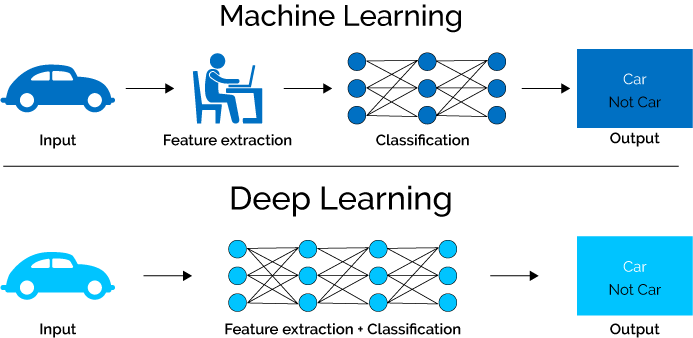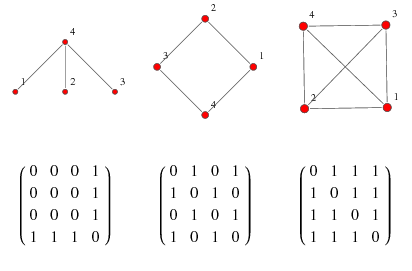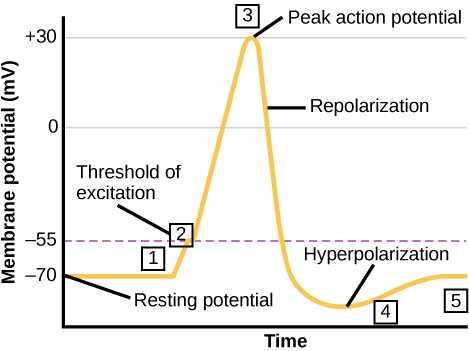reproductive isolation
Barriers that prevent different species from interbreeding. These could include isolation between habitats (physical barriers), behavioral isolation (differences in mating rituals), or mechanical isolation (incompatible reproductive structures).

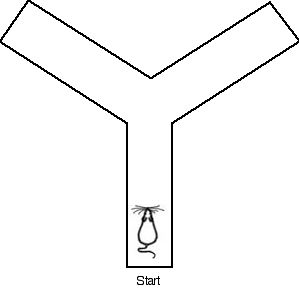
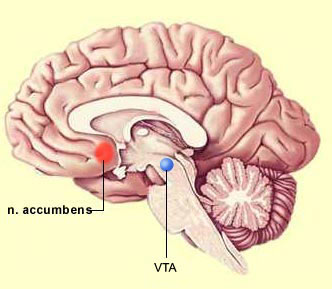 Source of image:
Source of image: 
